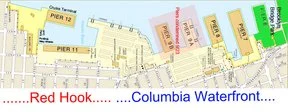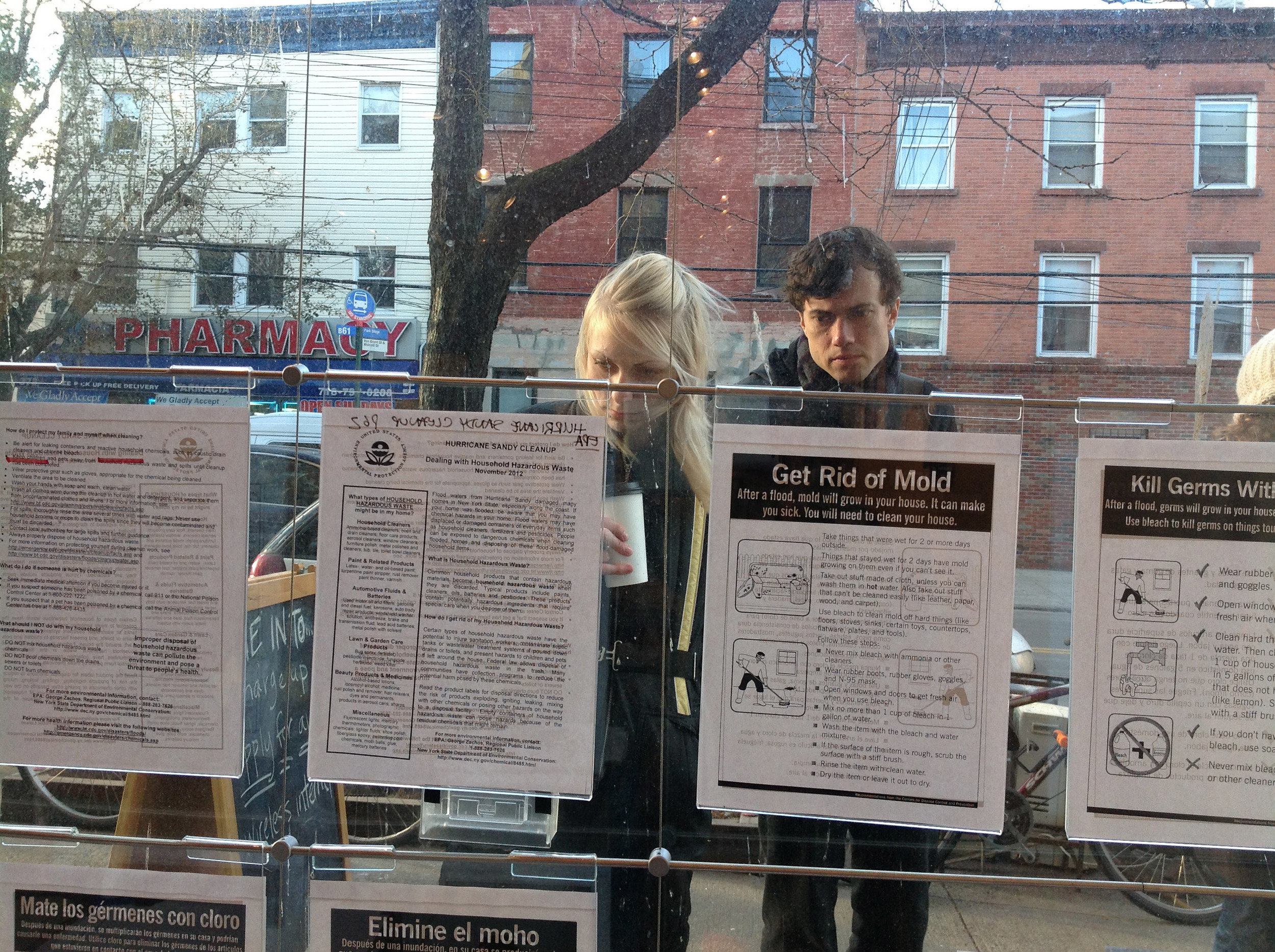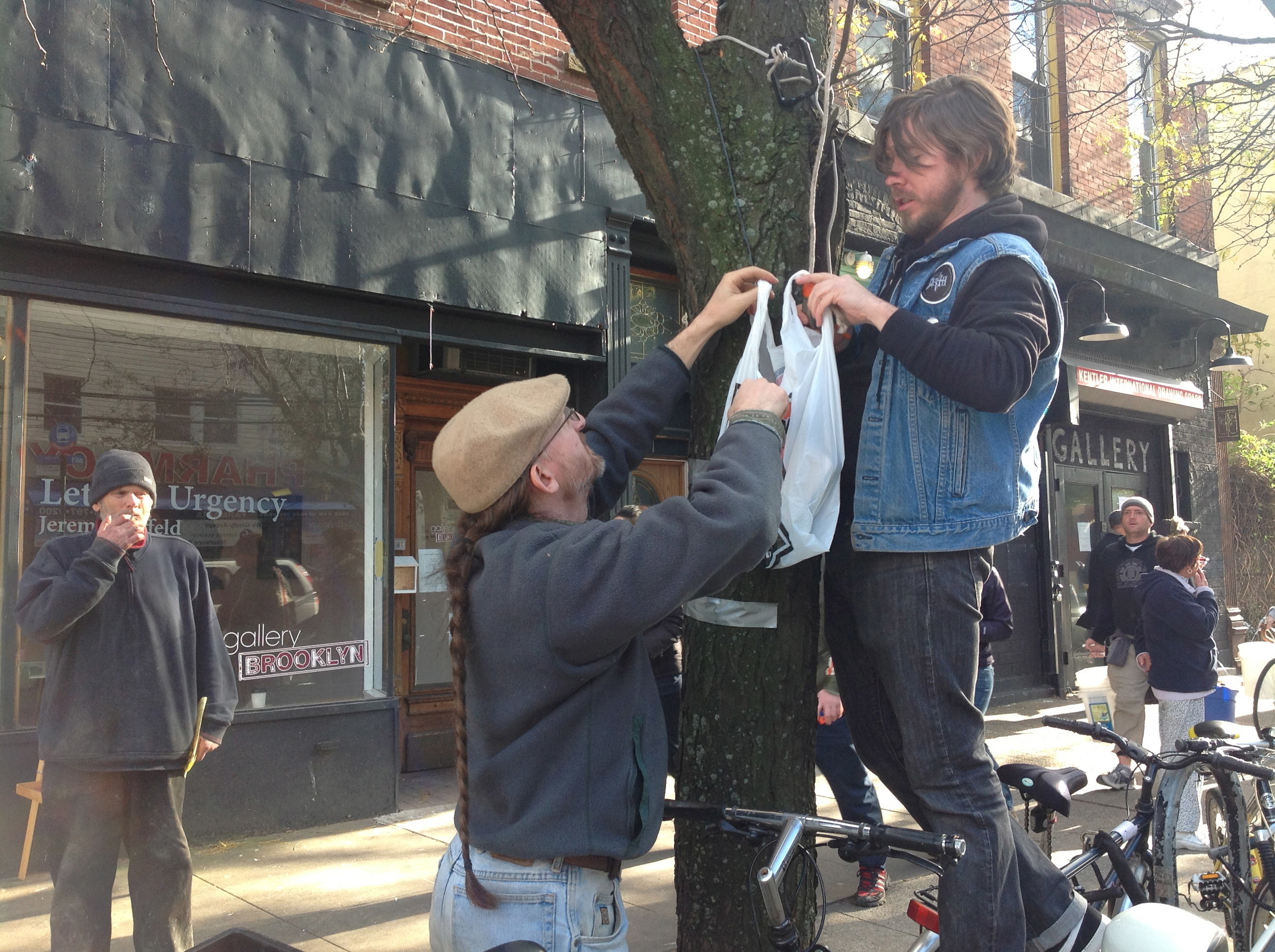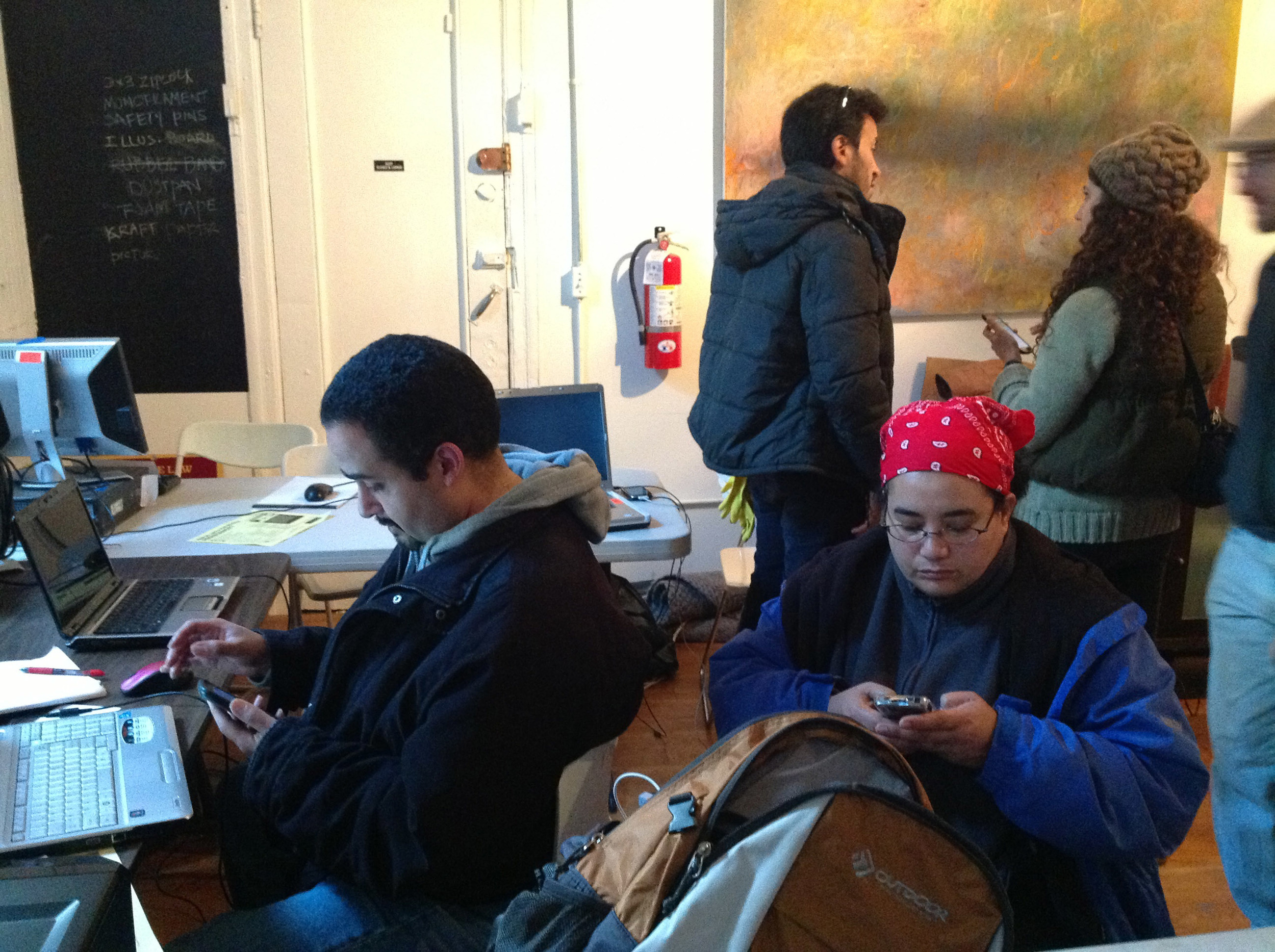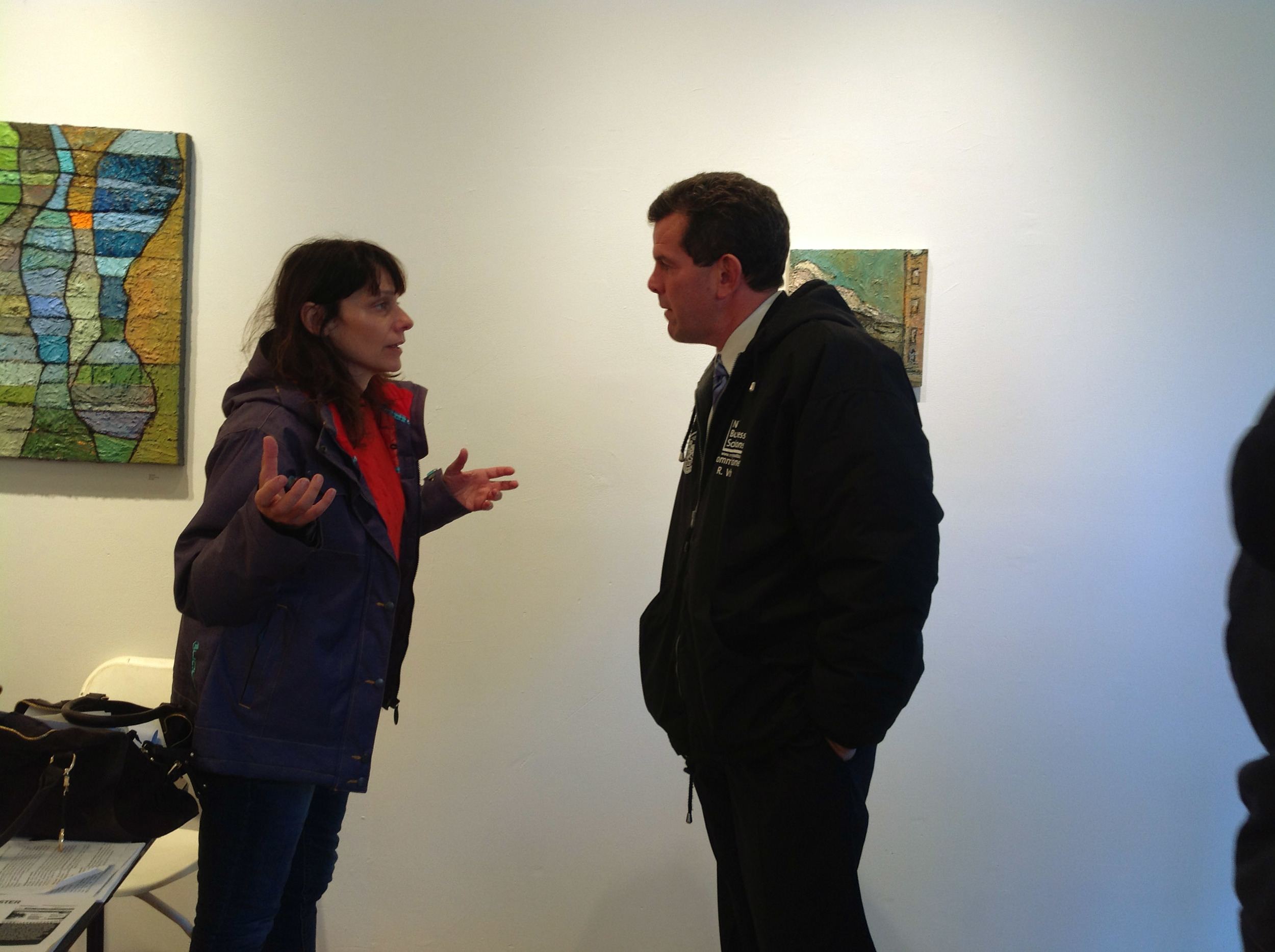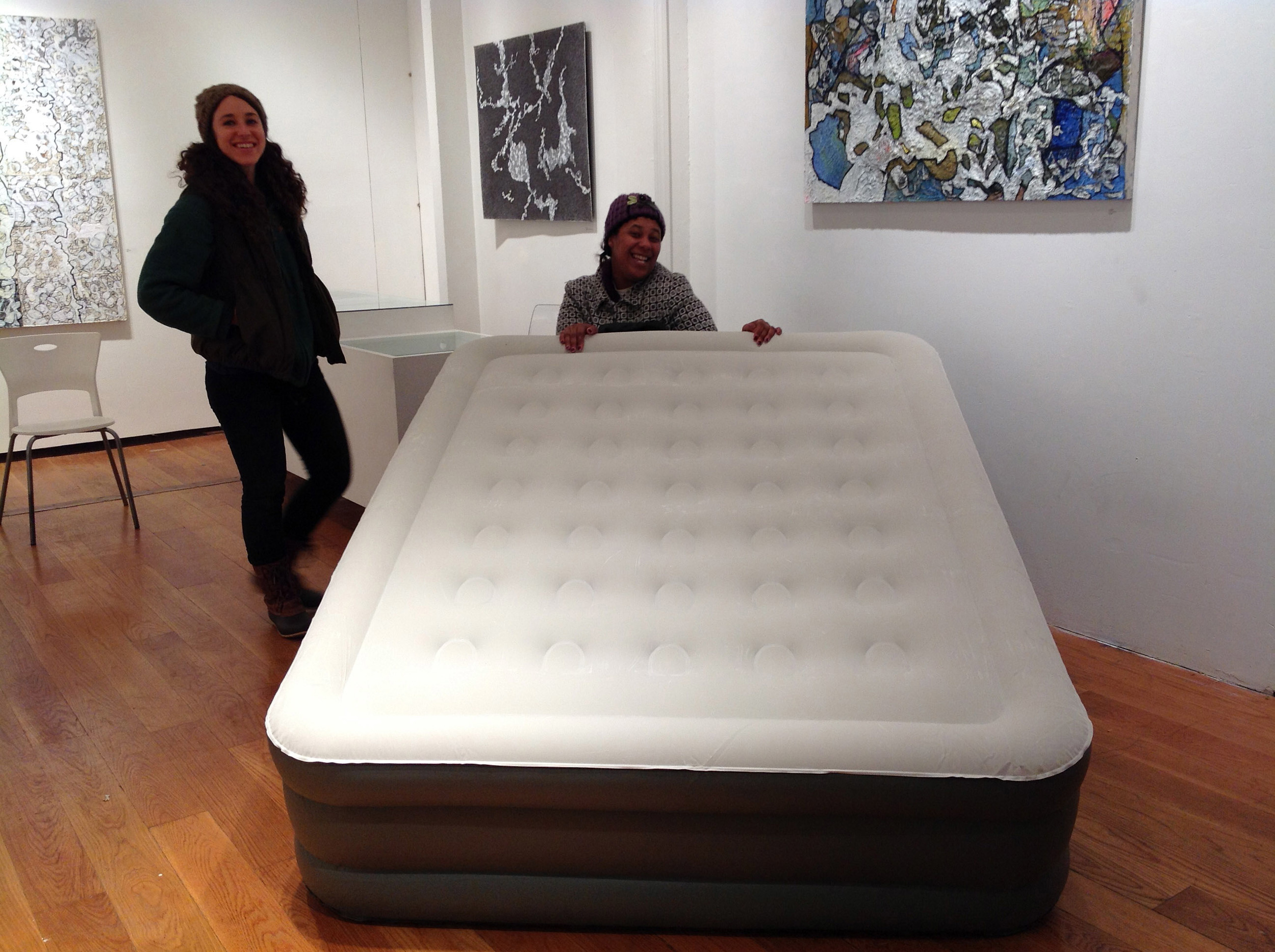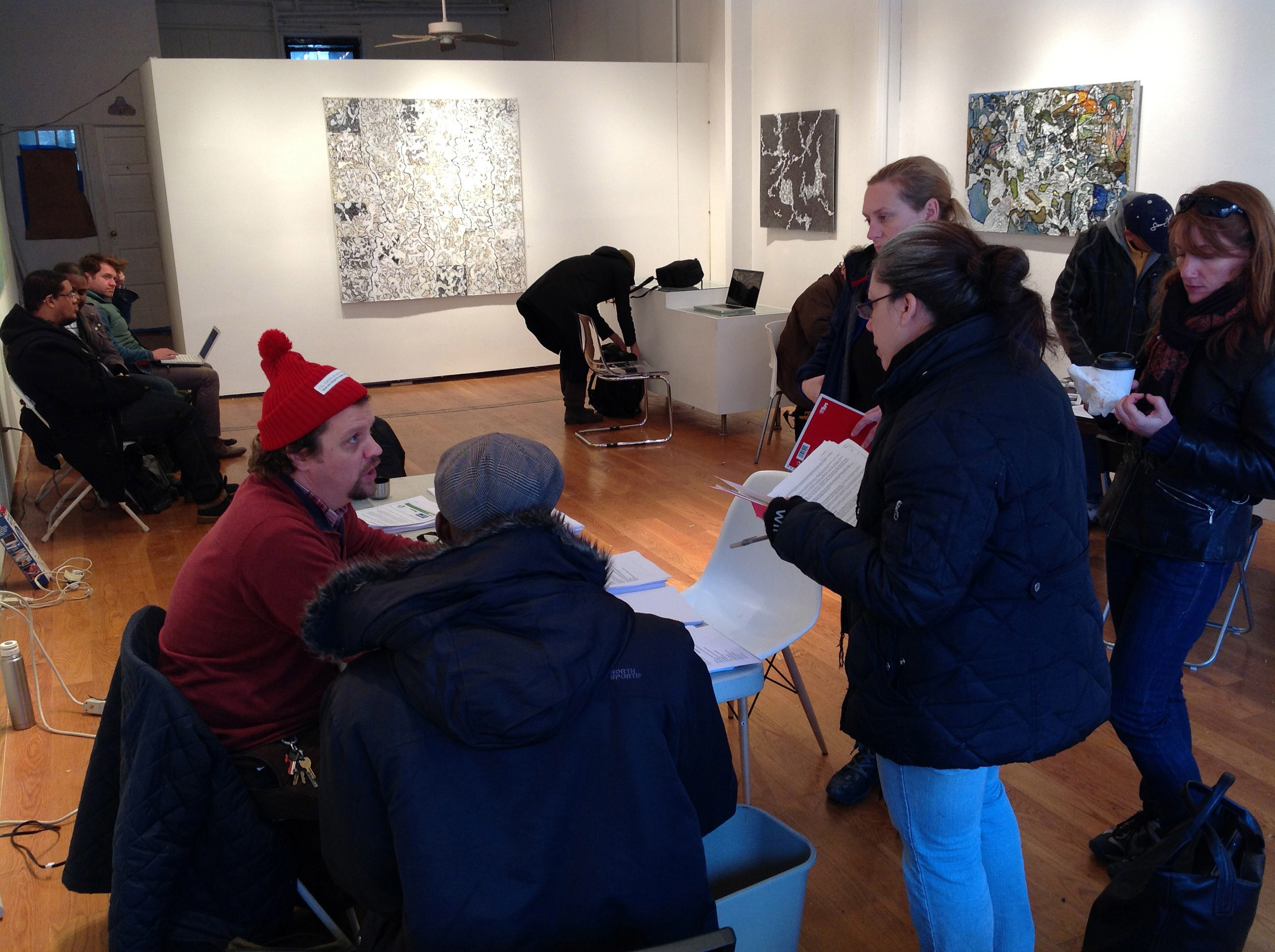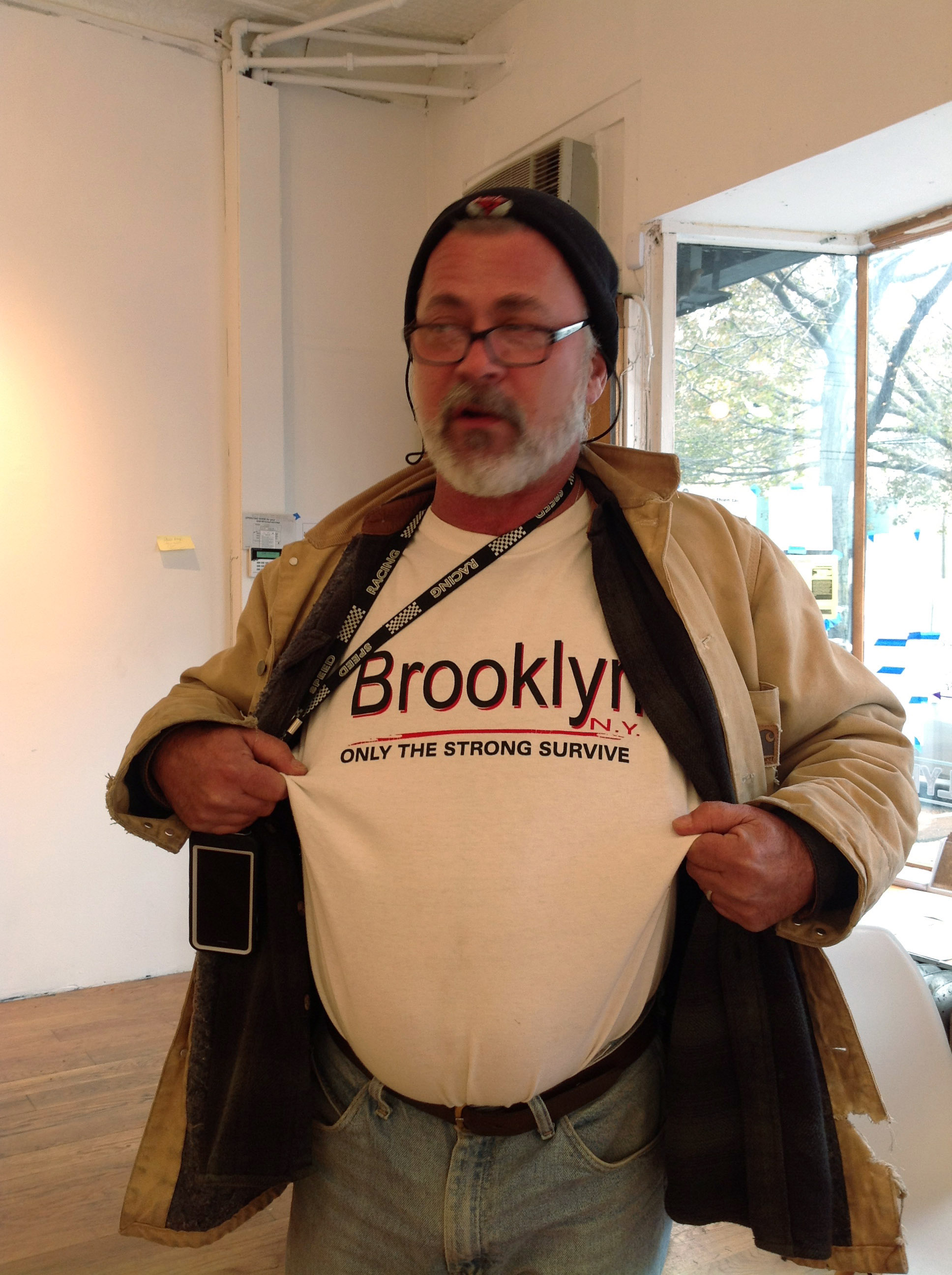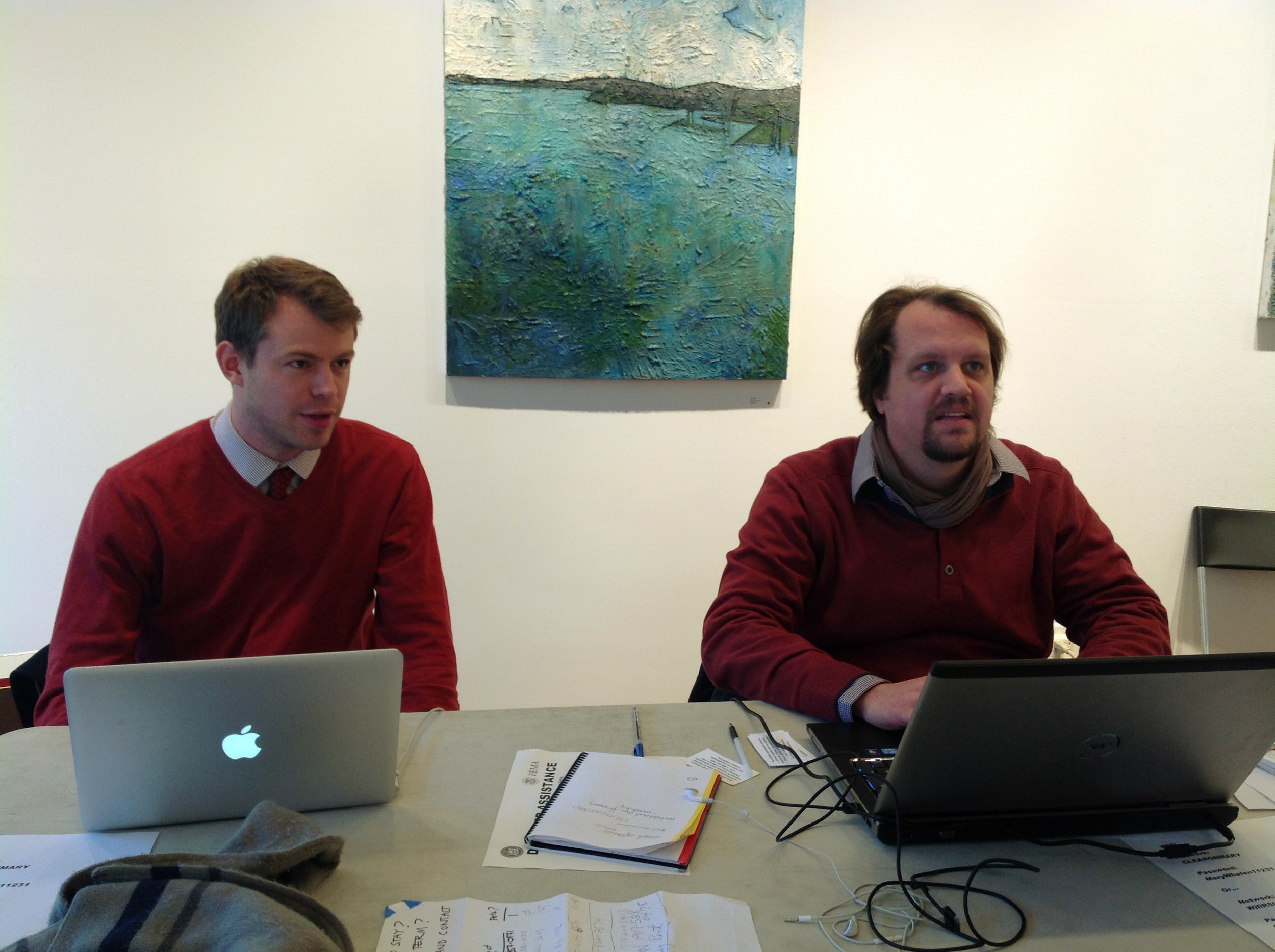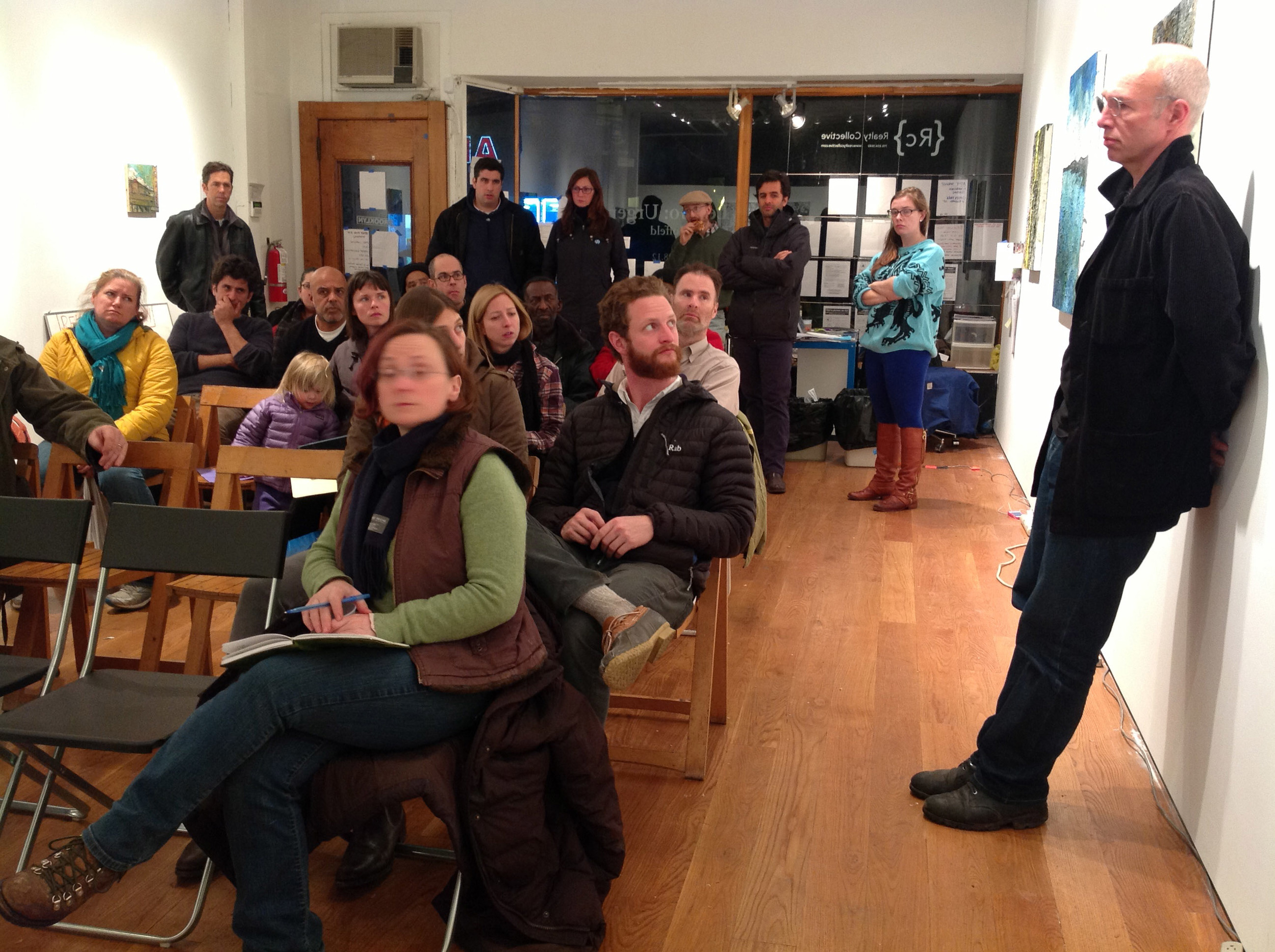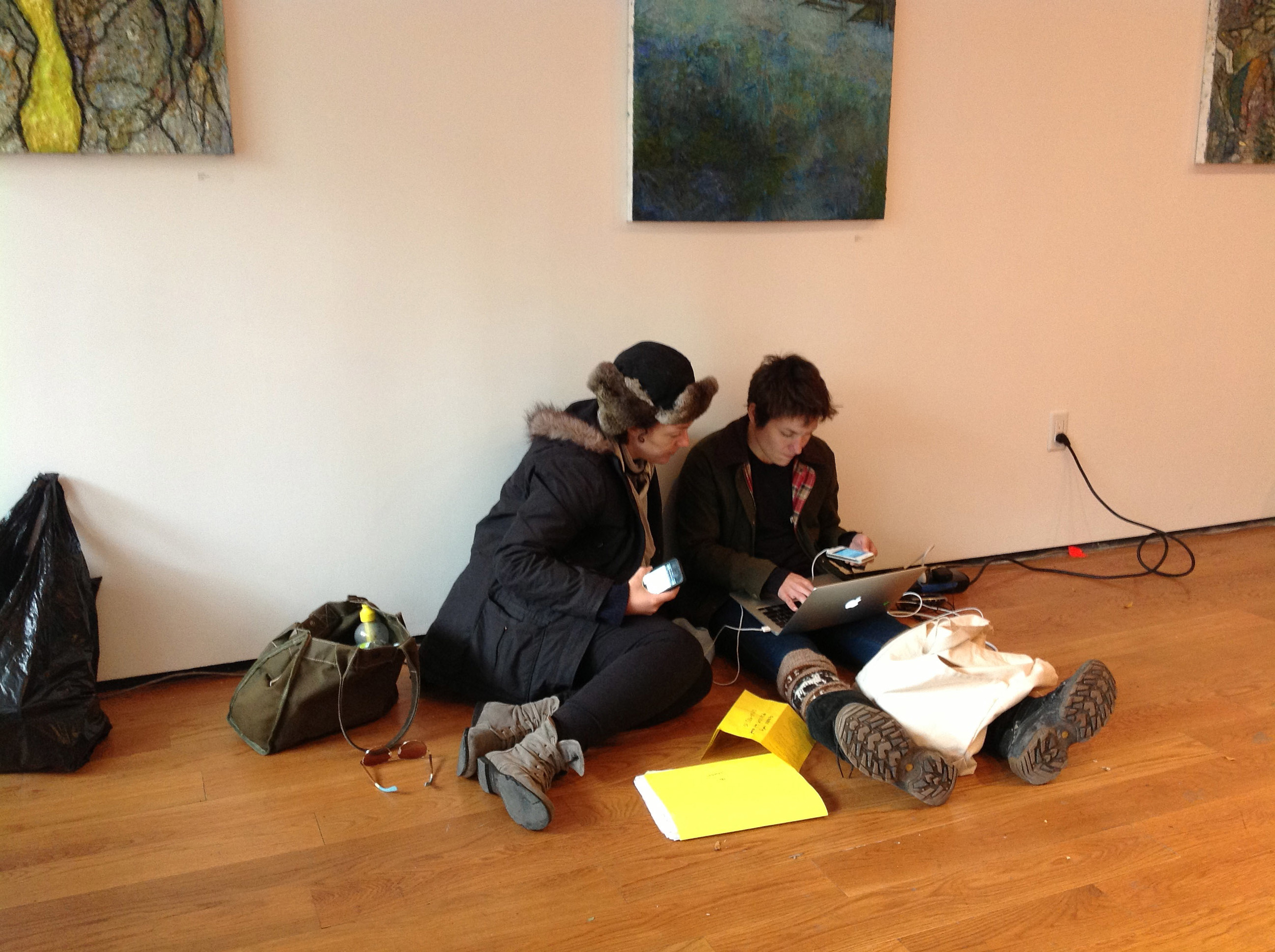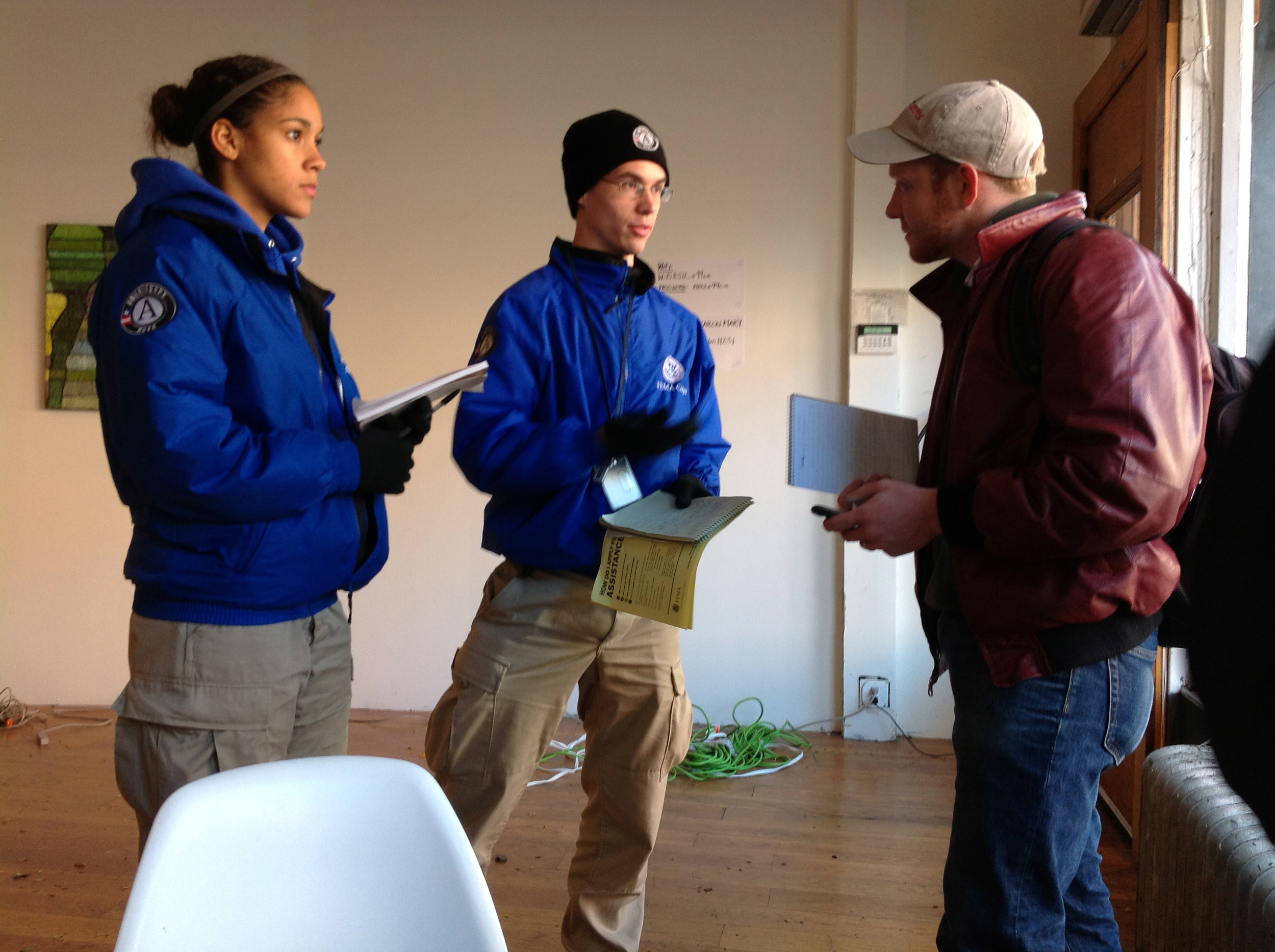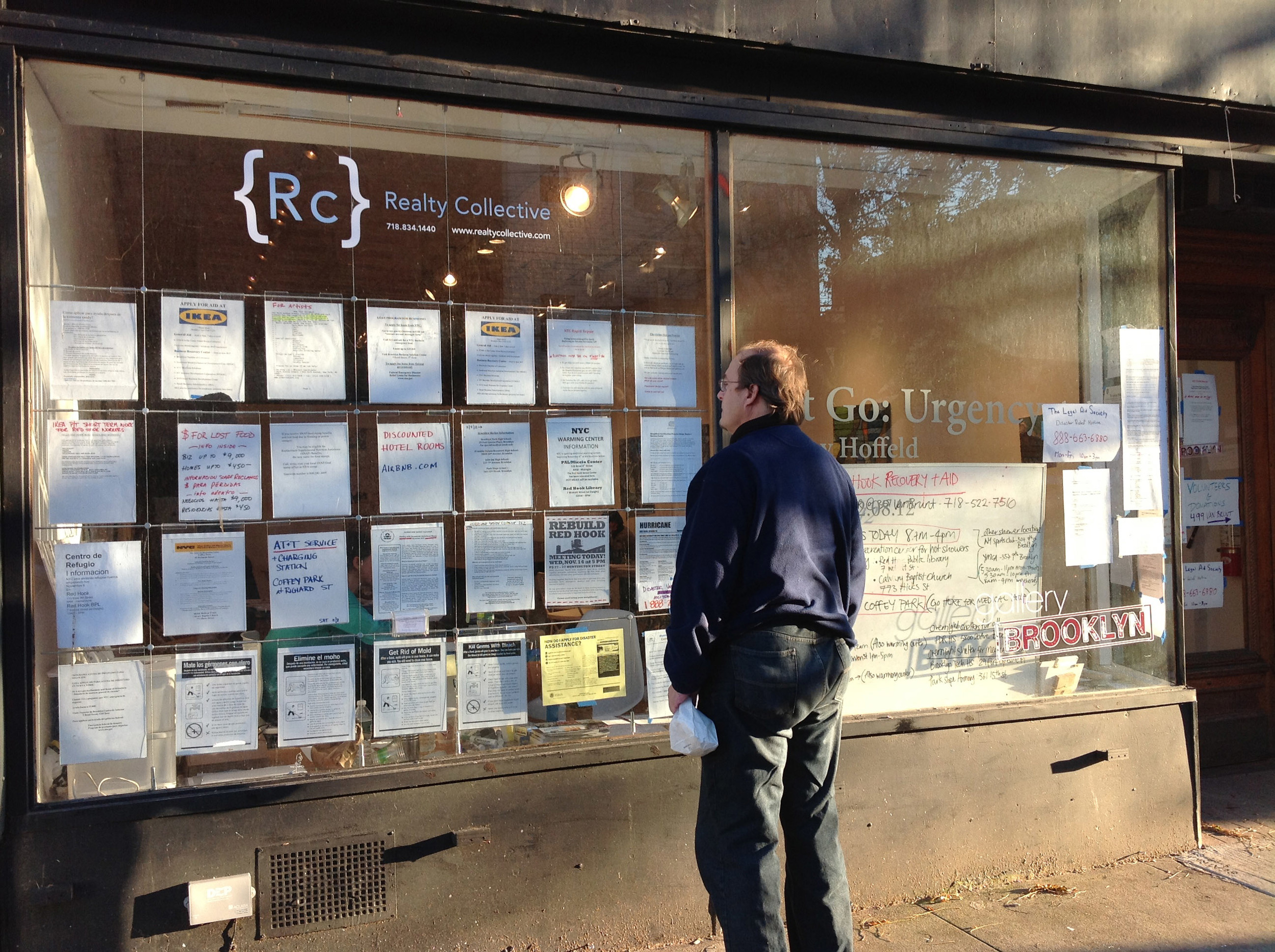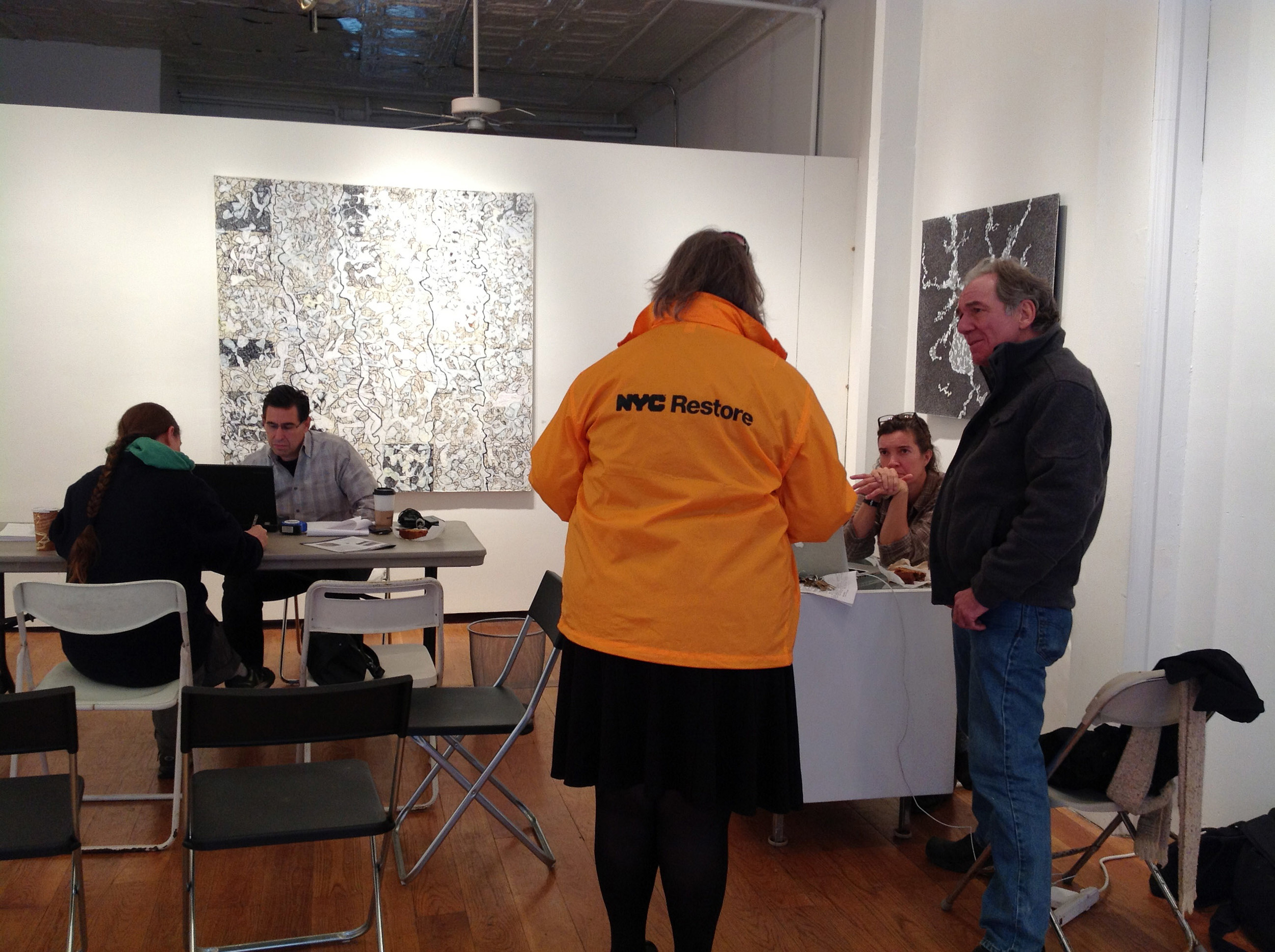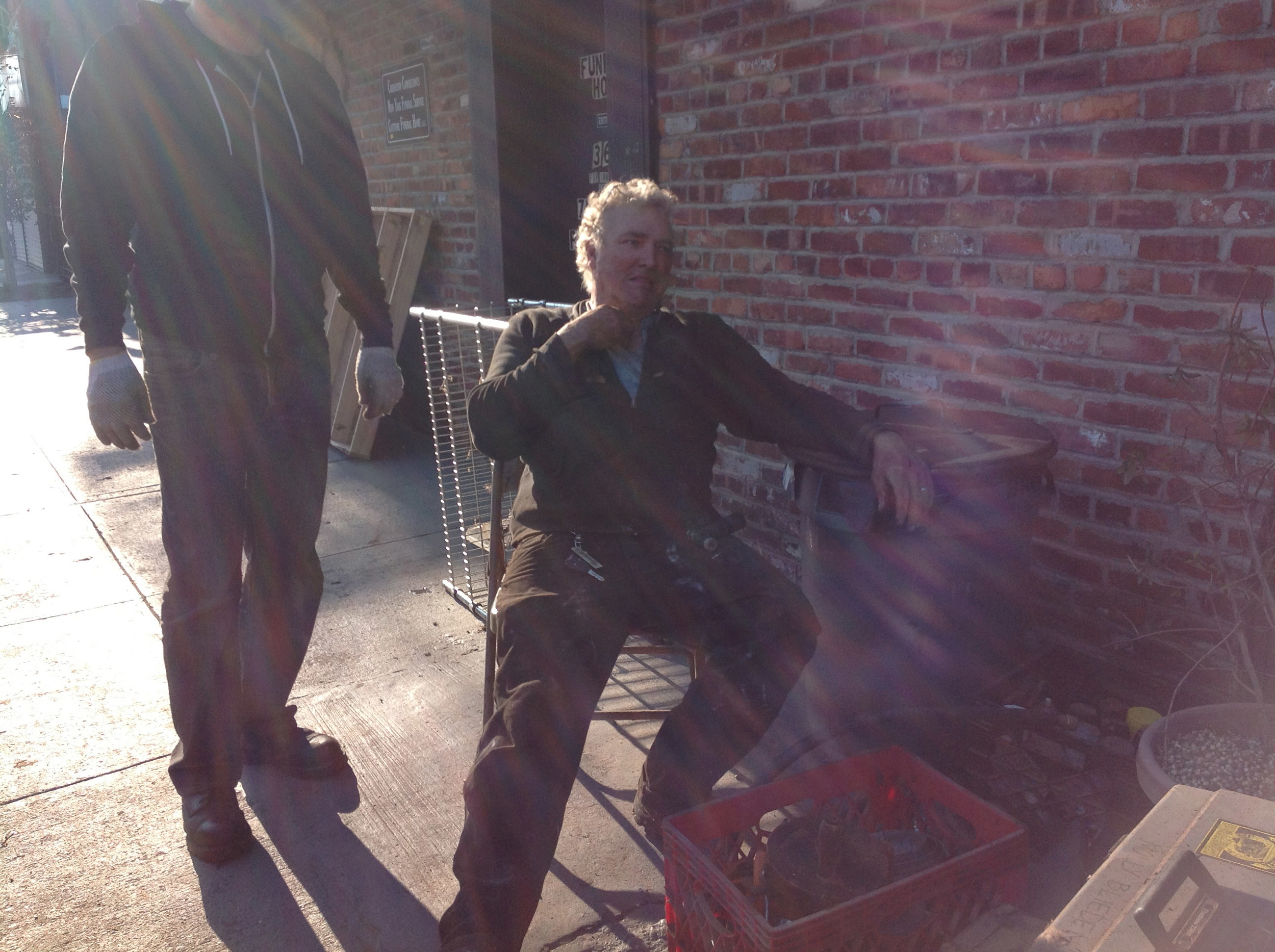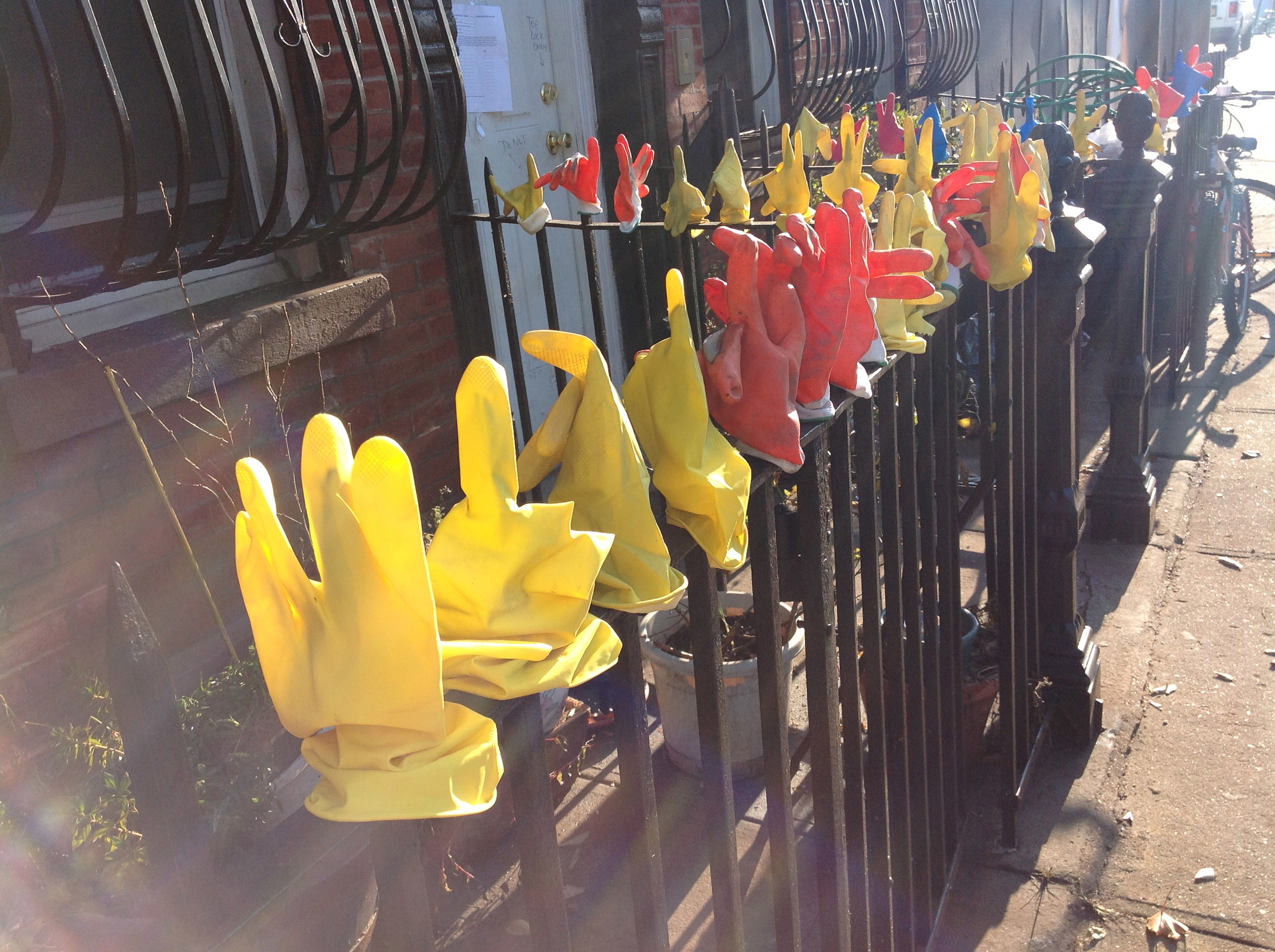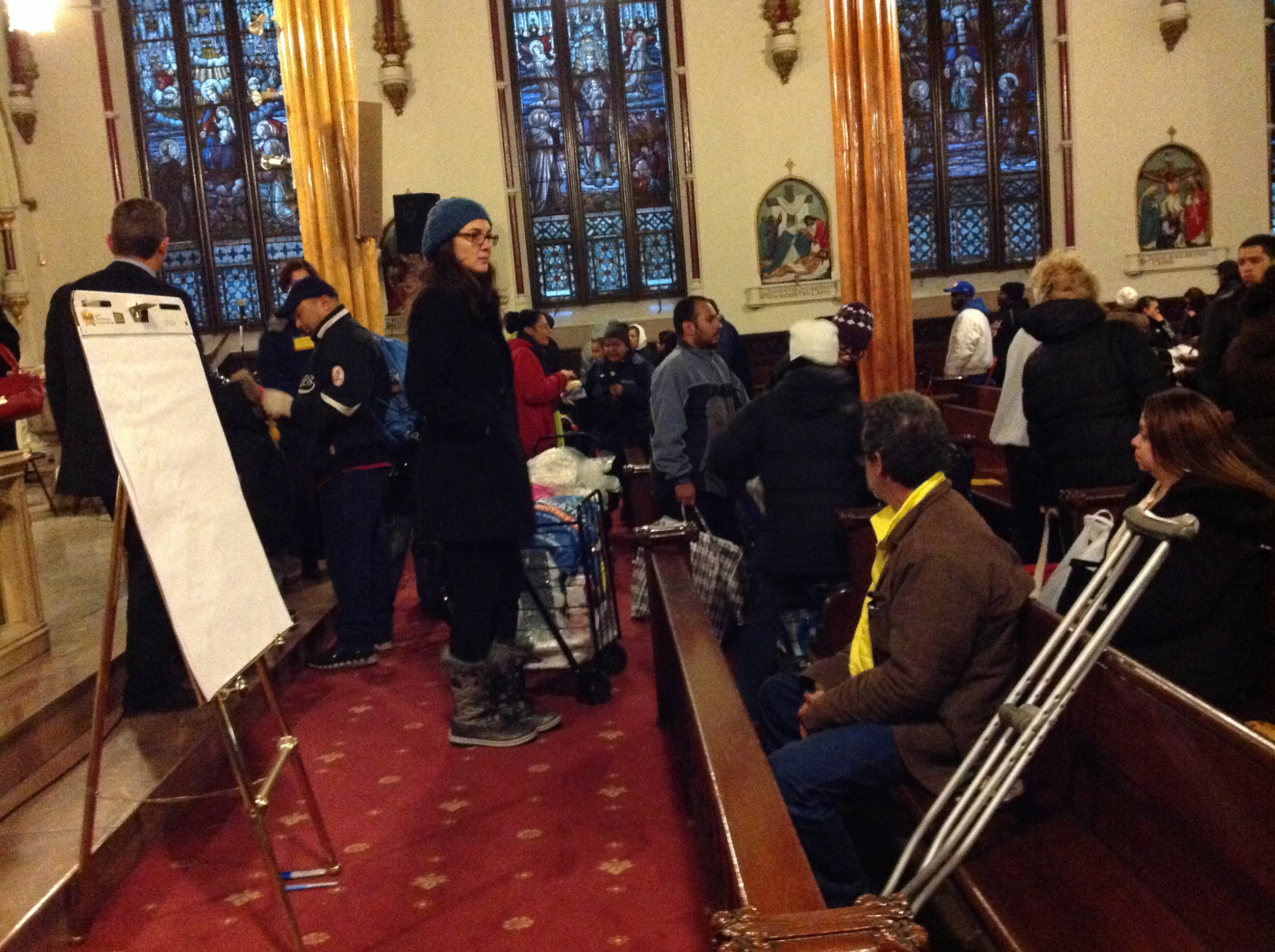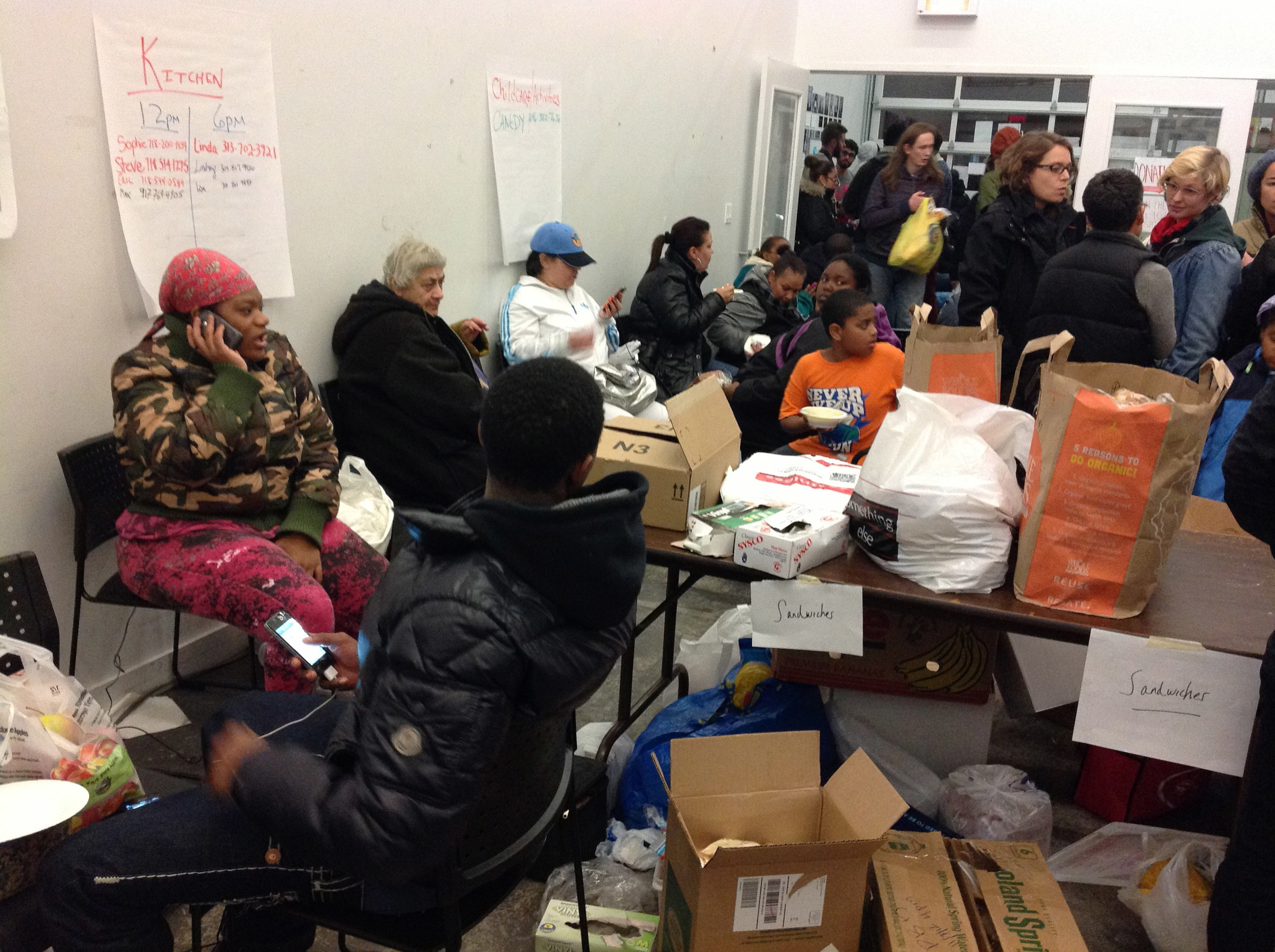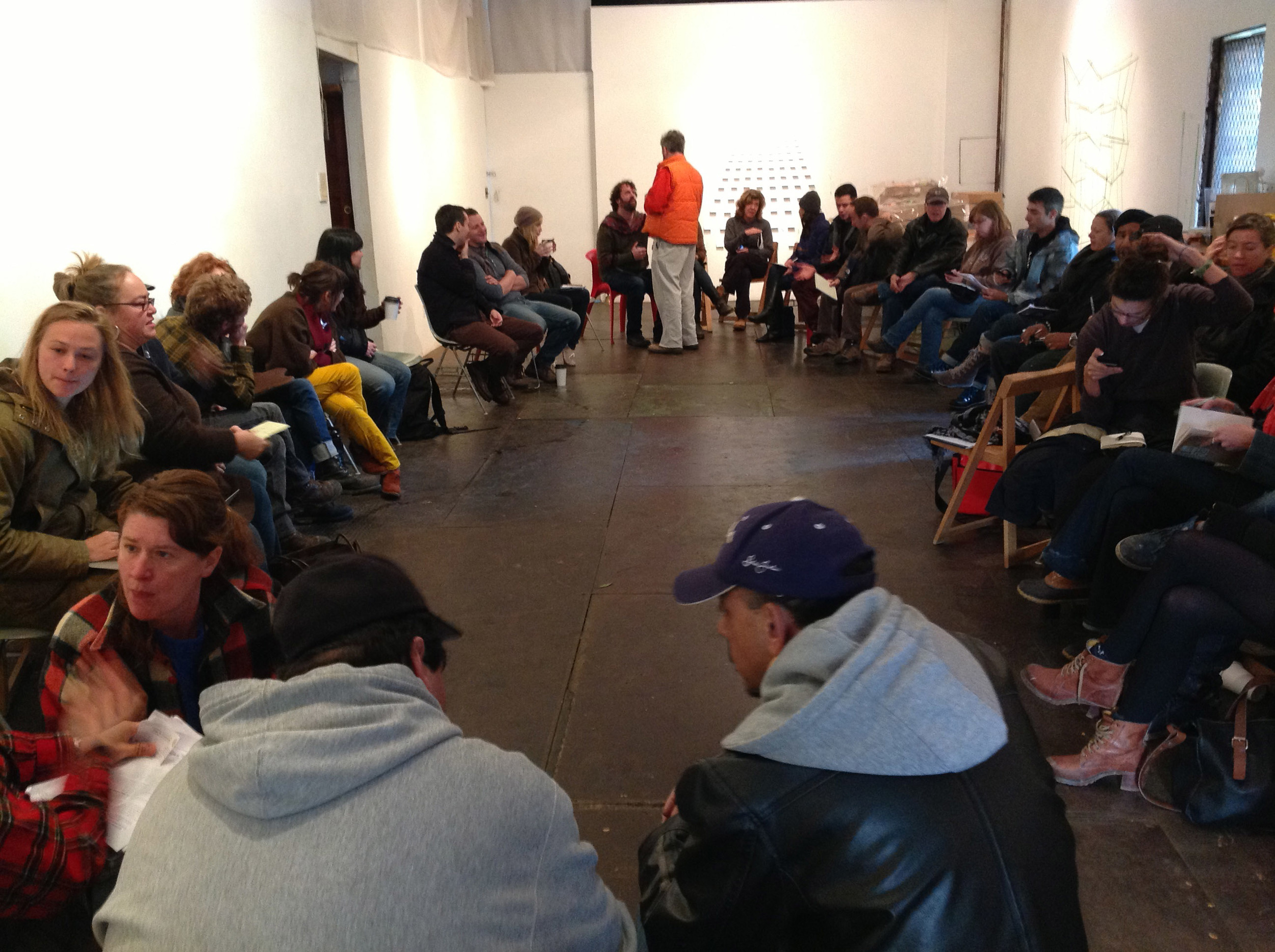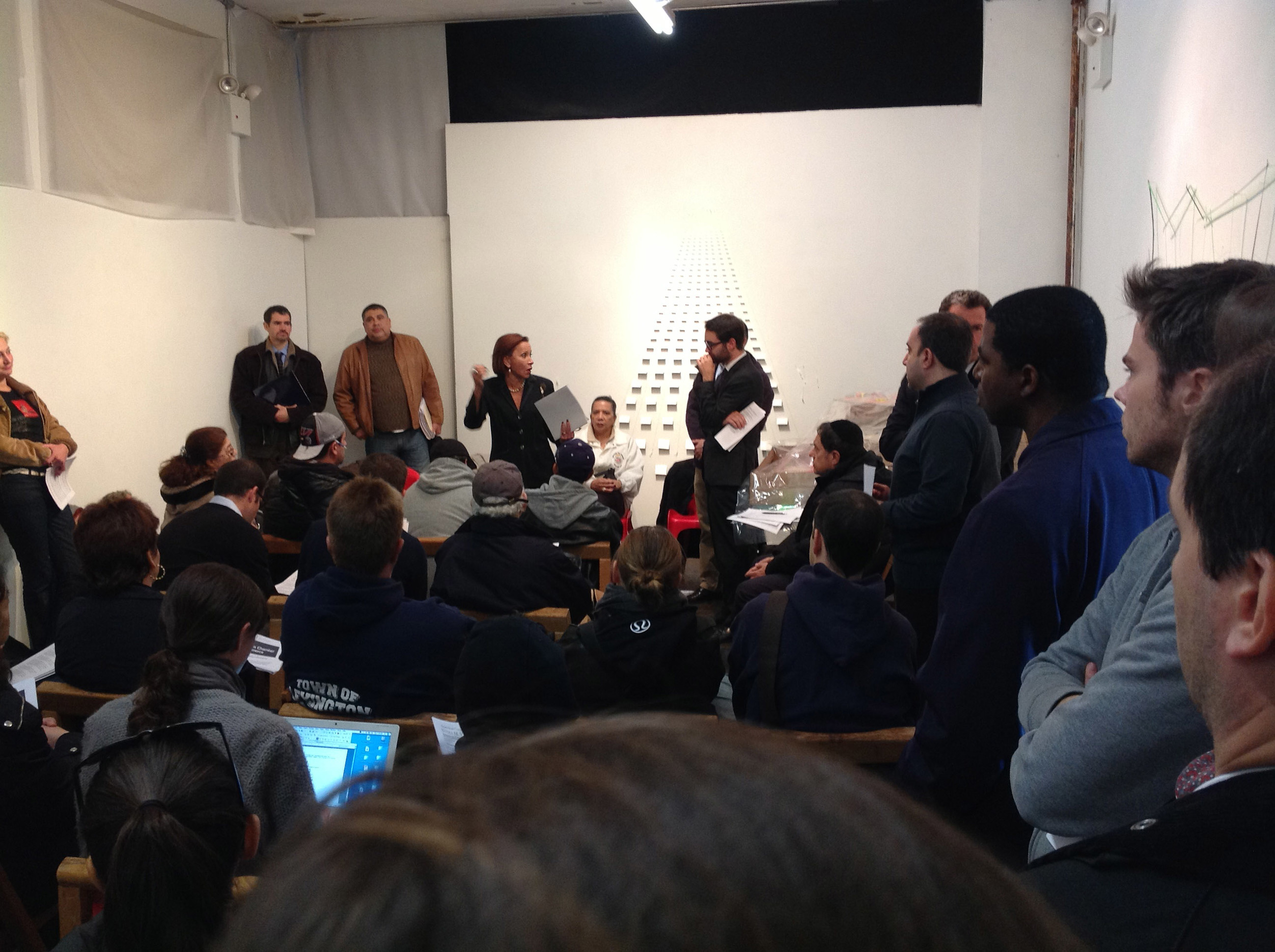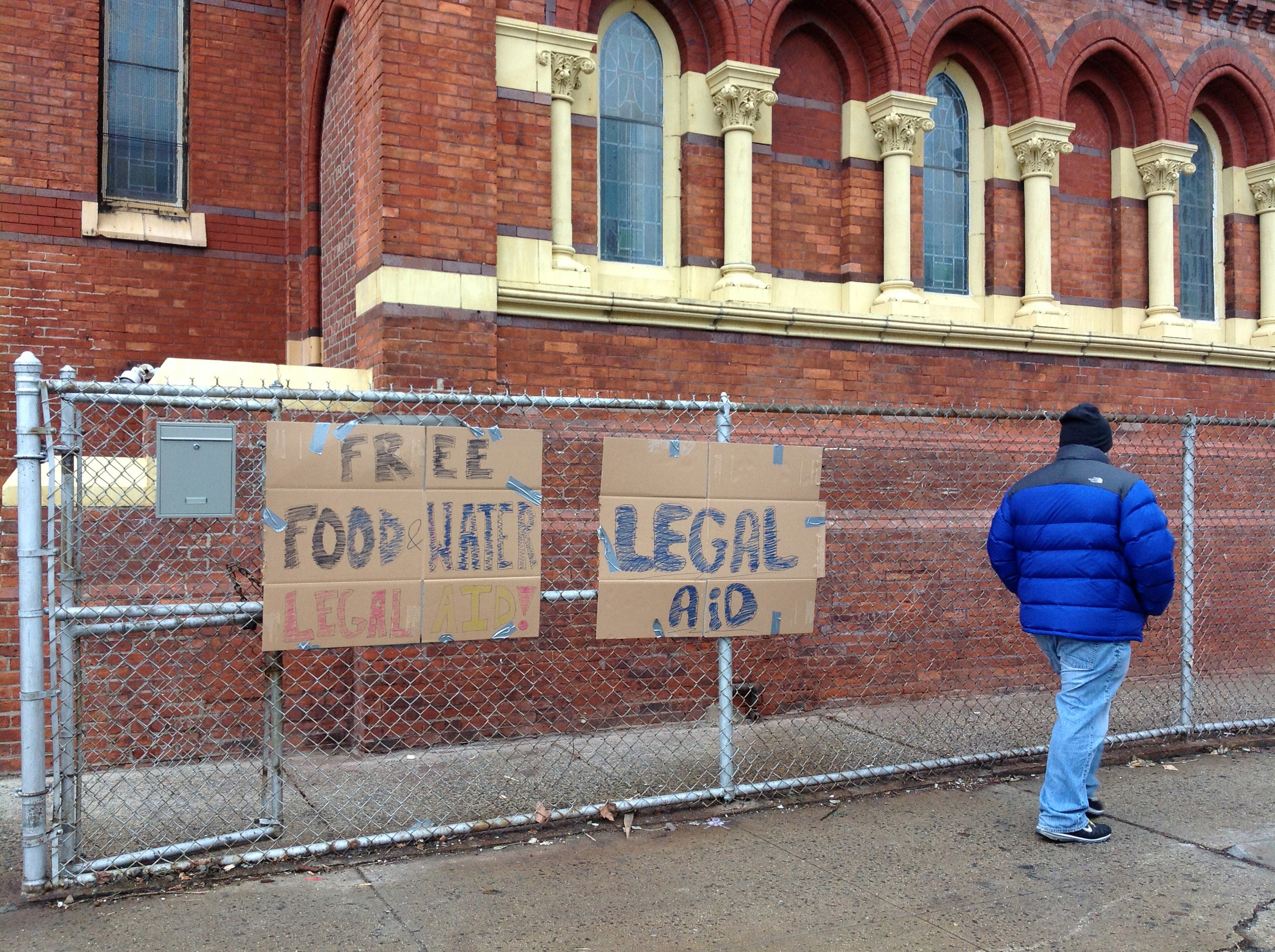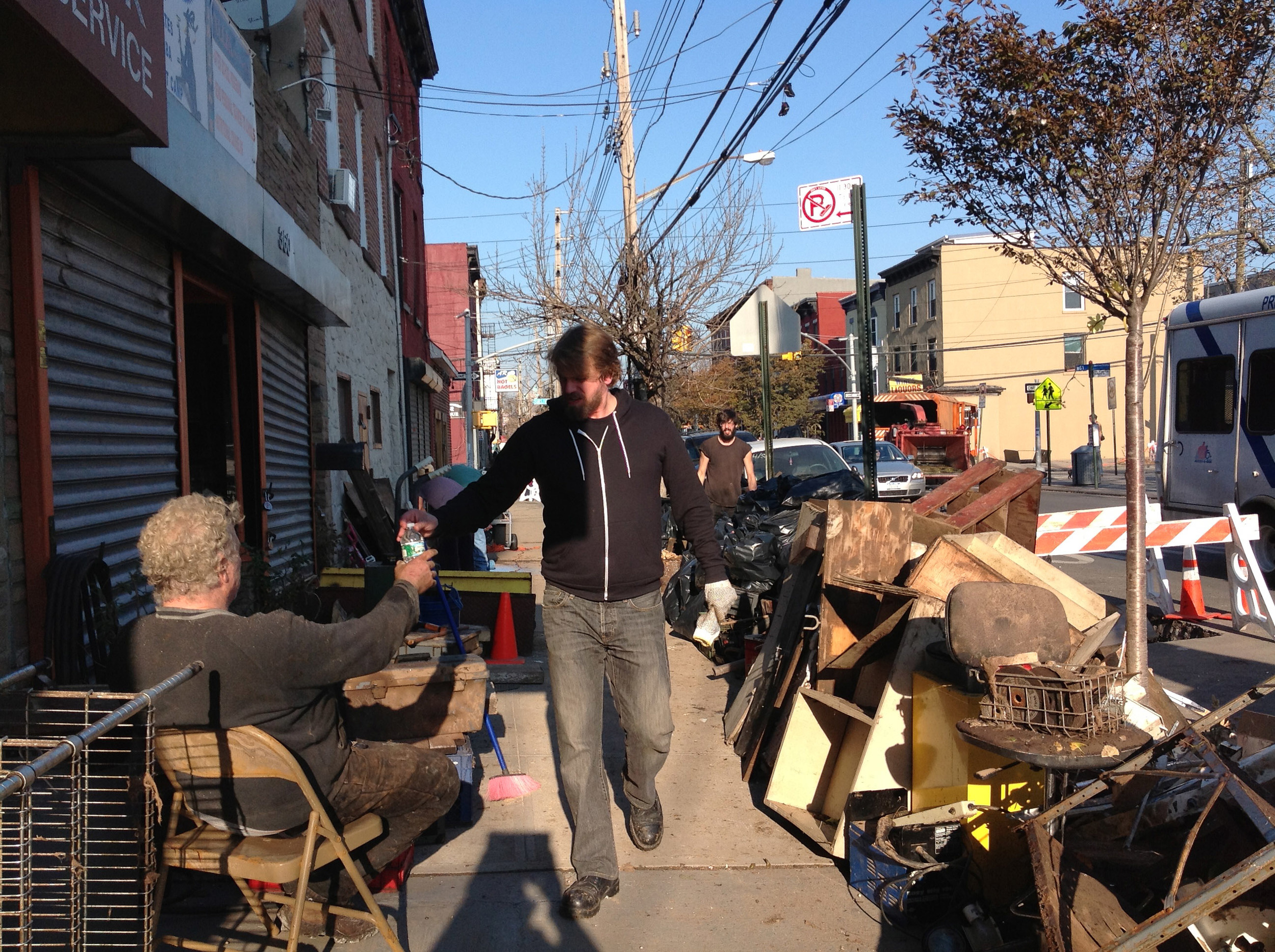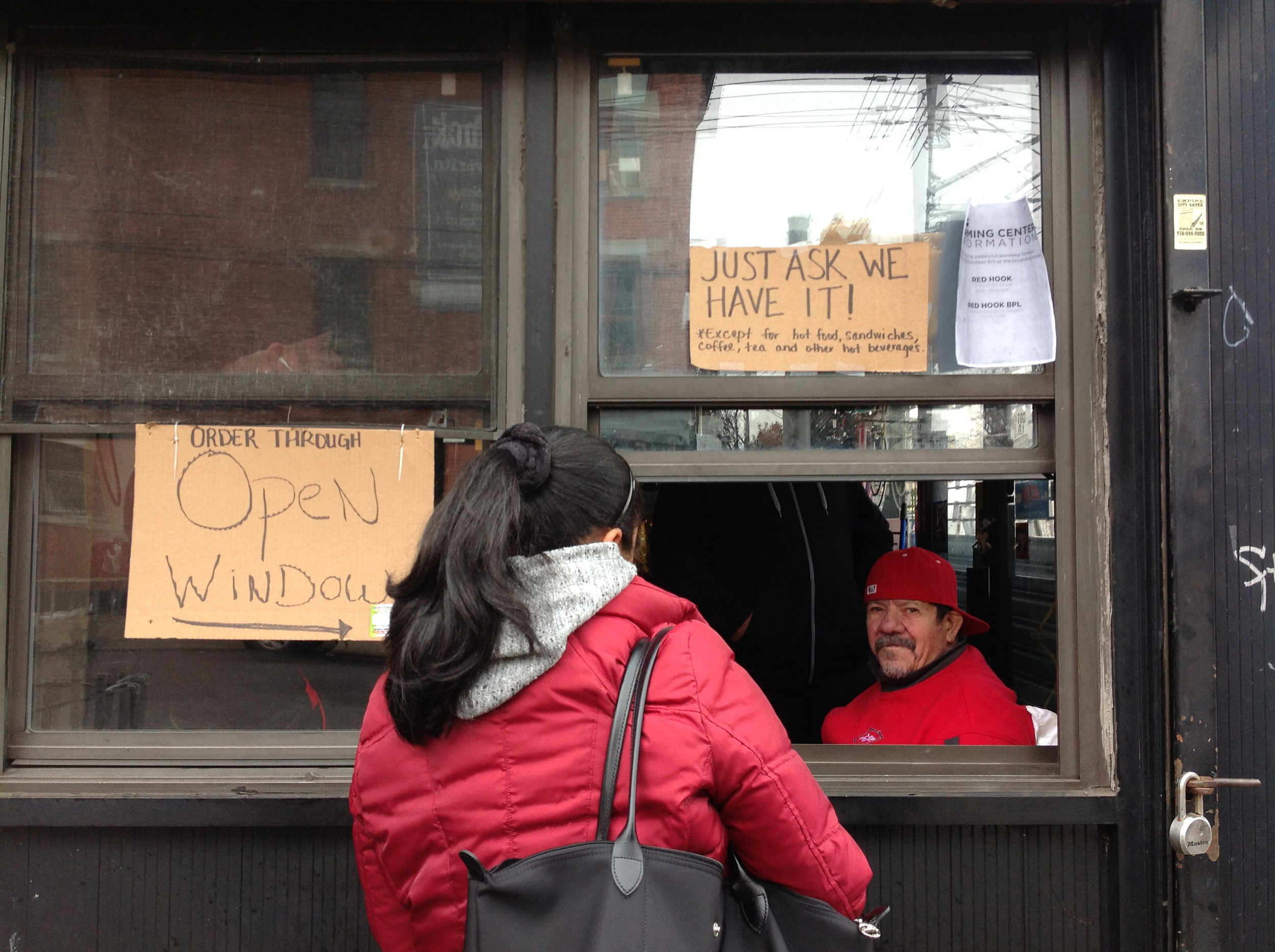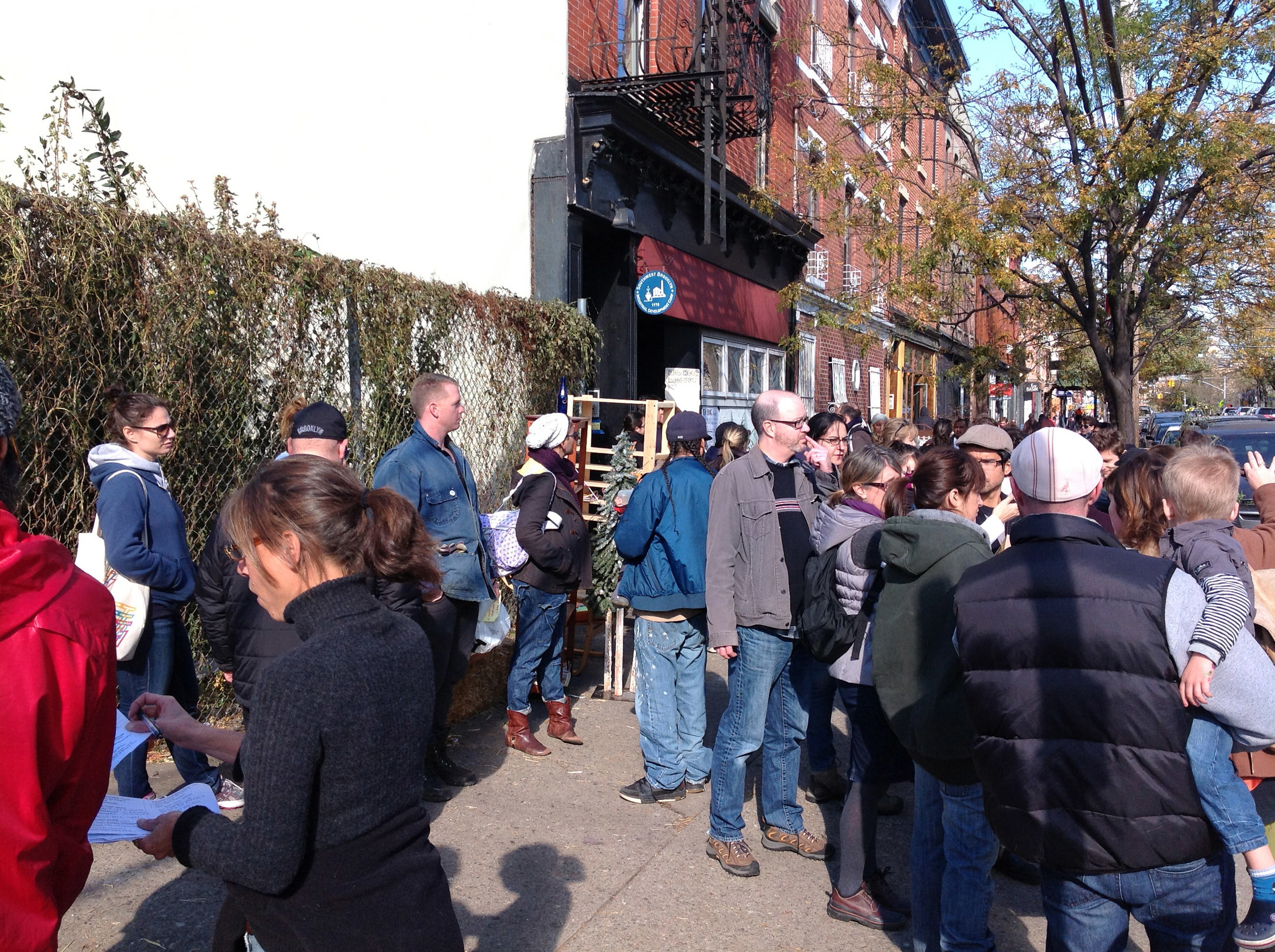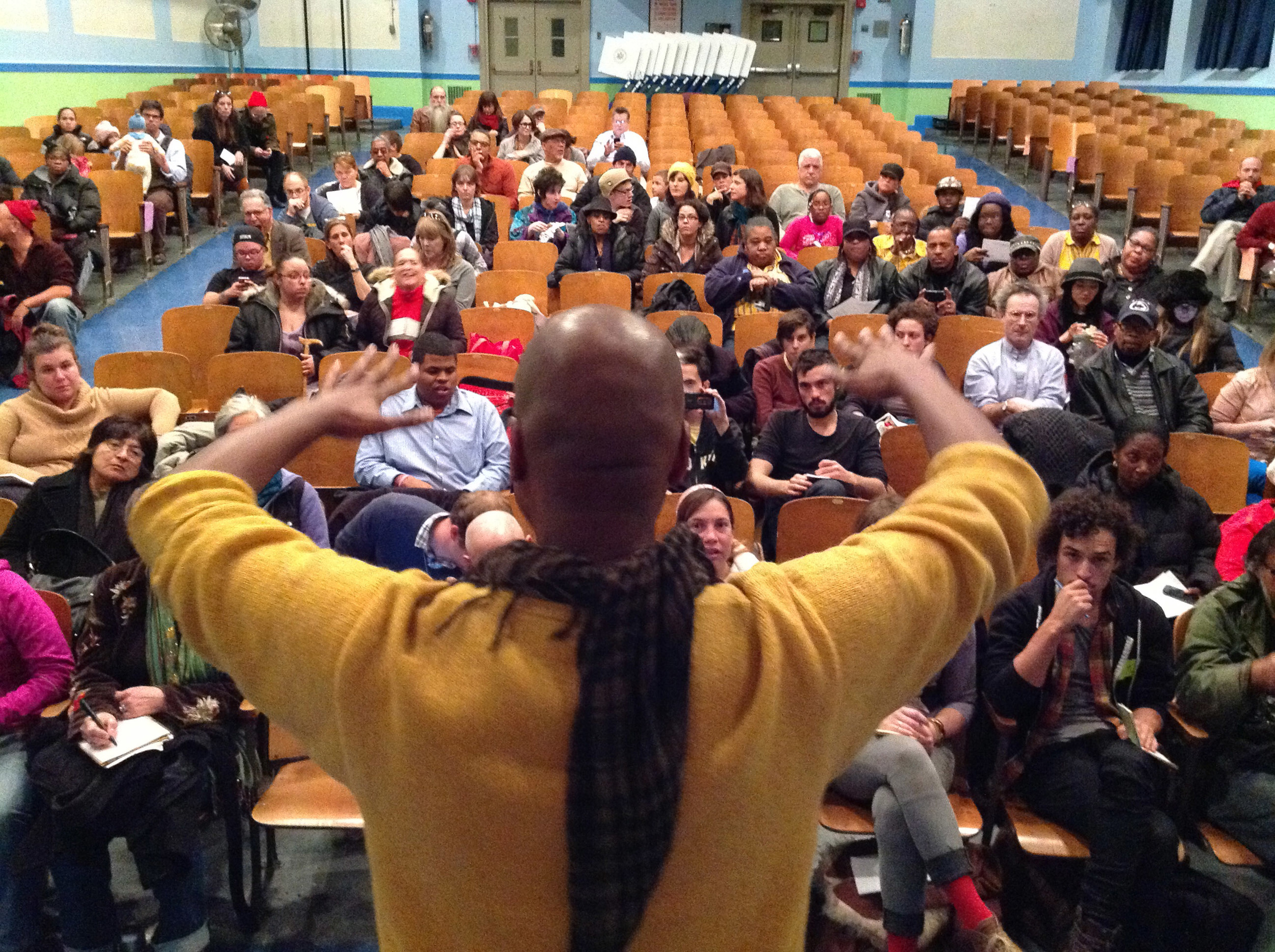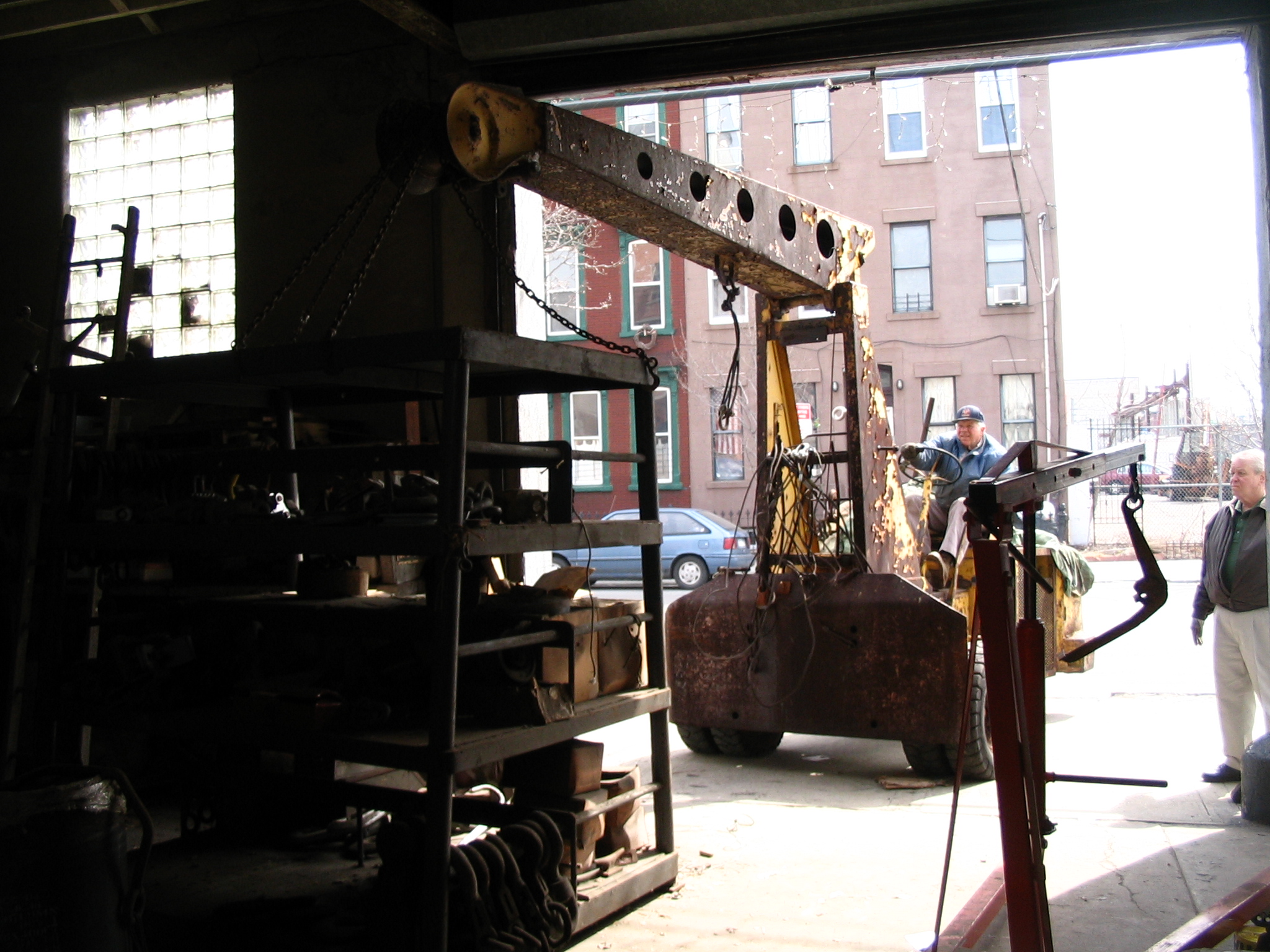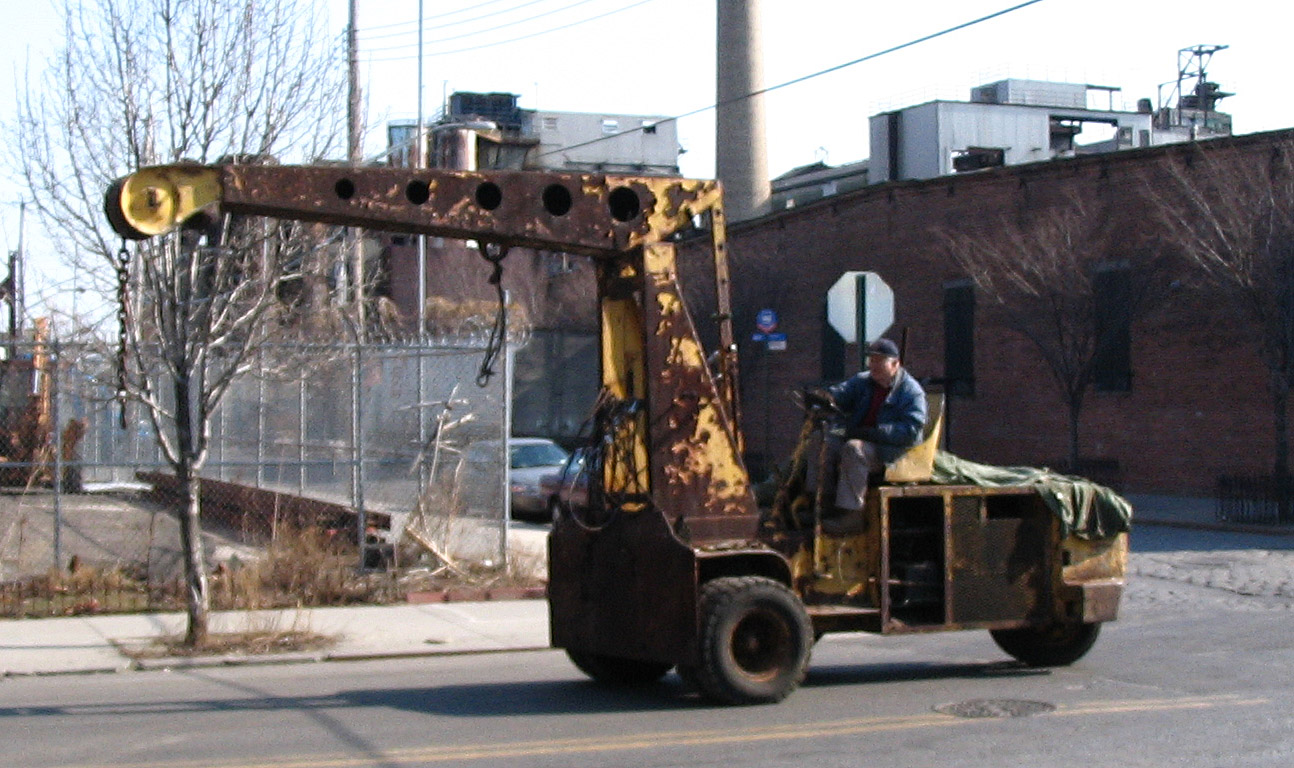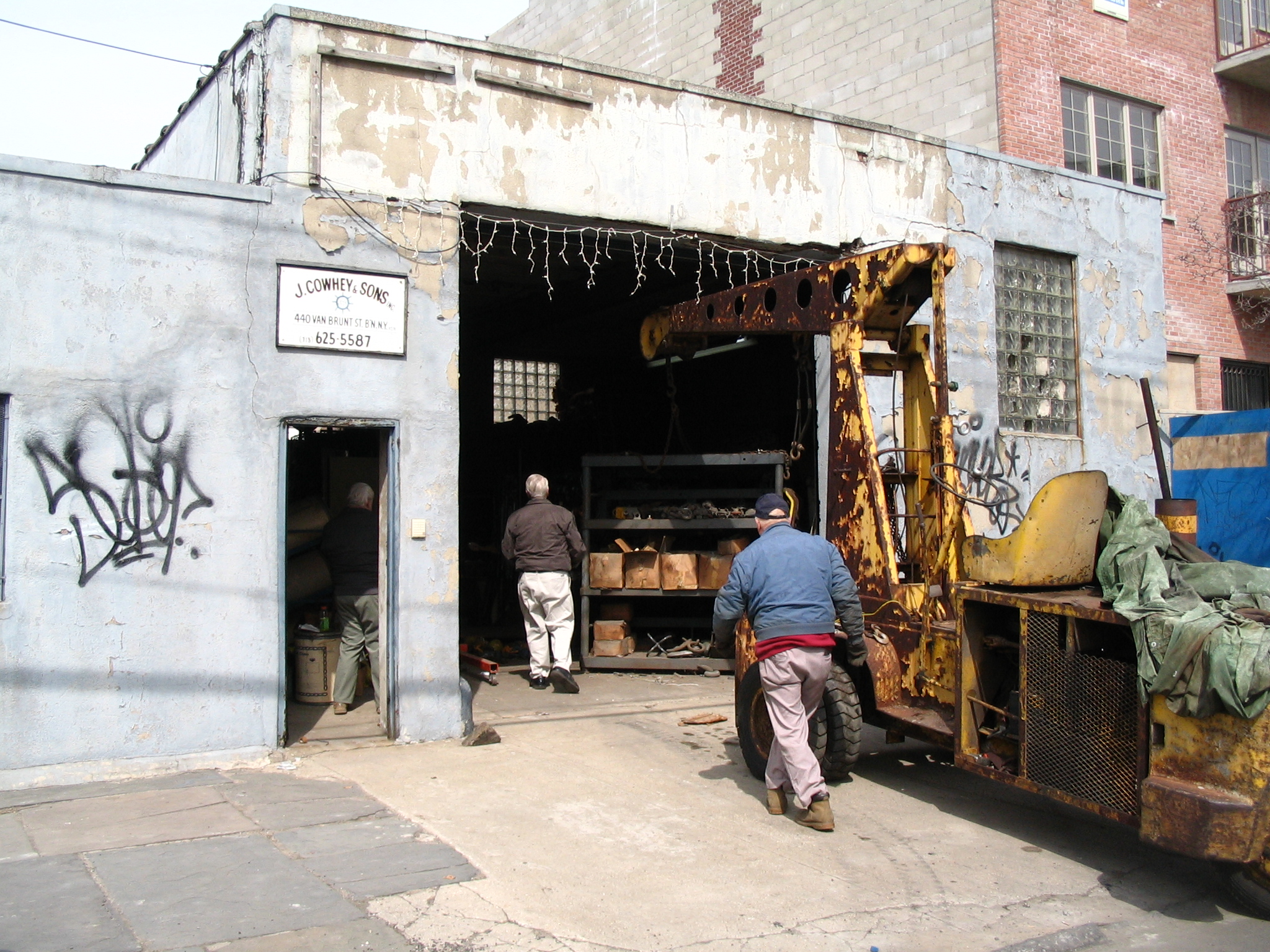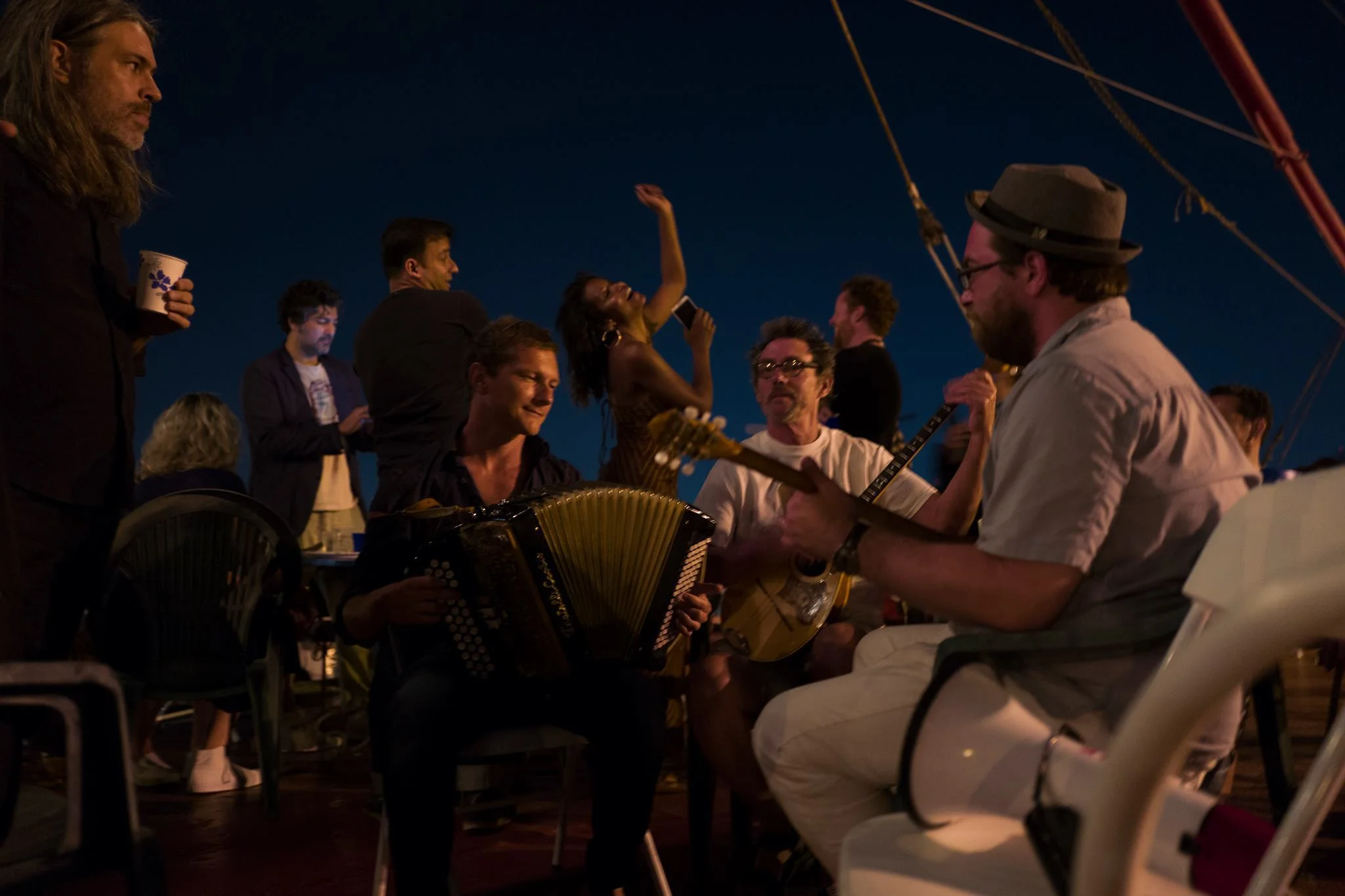Statement by Danny Schneider, Principal, Schneider Electrical Contracting
“Hurricane Sandy threw Red Hook into a tail spin. Residents rose to the occasion and with tenacity and synergy, and strengthened their character.”
Statement by Adam Armstrong, Pioneer Street Homeowner, blogger “A View from the Hook”
In the chaotic aftermath of Super Storm Sandy, PortSide New York provided a vital and invaluable resource for the residents of Red Hook. After riding out the storm and saving their own ship, the MARY WHALEN, PortSide came ashore, quickly set up shop at 351 Van Brunt Street and proceeded to make a base - a visible and accessible storefront - from where they could reach out, provide information, resources and assistance to their land lubbing neighbors, most of us who were desperately trying to recover from the immense damage that had been done to our homes and our unique, waterfront neighborhood.
PortSide and their team of volunteers co-ordinated tradesmen to go and physically assist our residents, and they gathered and disseminated information about anything they though would be helpful - FEMA, legal assistance, insurance matters, Con Edison, National Grid, the Rapid Repairs program, etc., and provided a connection to our representatives in government. On many of these matters, PortSide organized meetings and reached out to our residents, and in the case of our street - Pioneer Street - she co-ordinated the creation of a comprehensive contact list so that everyone on our block could share information and provide support to each other. It was - and still is - a wonderful way for the residents of Pioneer Street to keep in touch and get updates on our street's recovery, with Carolina Salguero, PortSide’s Director, checking in regularly to see how things are going and, many month's later, still providing advice and information wherever and whenever she can.
Statement by Gallery Brooklyn
“Gallery Brooklyn raised over $1K from the sale of Brooklyn-born artist, Jeremy Hoffeld, whose oil paintings gave comfort to the shell-shocked residents of Red hook. The funds will be donated to the Red Hook Initiative, a non-profit organization that provides enrichment geared toward the arts for children of the Red Hook community."
About PortSide NewYork
PortSide NewYork is honored to have won a White House "Champions of Change" award for our work during and after hurricane Sandy. We hope the award will allow us to continue our Sandy-aid work, launch new resilience training programs, and attract more assistance to Red Hook. Things look promising; the phone has started to ring. Until we finish the blogpost about Part II of our Sandy story, we've added photos to a press release below to tell that story. Part I of the story, how we protected the MARY A. WHALEN from Sandy, can be read here.
PortSide NewYork educates people about the BlueSpace, the water part of the waterfront. PortSide works with the community ashore and the community afloat; our goal is to bring the two closer together, to foster their mutual understanding and to create synergies between the two. PortSide programs are diverse—they include maritime preservation, visiting vessels, arts and educational programs, community service and advocacy. What unites them is the focus on water and waterfront issues. Our mission is to bring NYC’s BlueSpace to life.
PortSide has its offices aboard a historic ship, the MARY A. WHALEN, and with her, PortSide has created the world's only oil tanker cultural center, a ship in the National Register of Historic Places. PortSide runs many programs on the MARY, and we run many off the ship as well.
PortSide NewYork is negotiating with GBX▪Gowanus Bay Terminal for a homeport in Red Hook, Brooklyn! At our prospective home, the tanker MARY A. WHALEN will be publicly accessible directly from Columbia Street across from IKEA. [Note: MARY A. WHALEN relocated to Atlantic Basin May 2015]
PortSide’s electricity on the ship was repaired after 35 nights of reliance on flashlights and one 15-amp extension cord. PortSide seeks professional conservator help with two waterlogged books from the 1850s (stored in a freezer since the flood) and restoration of the antique replacement parts for the ship’s engine which were stored in the shed.
More info
Official description of the White House Champions of Change Sandy awards
"Across the areas impacted by Hurricane Sandy, ordinary Americans are doing extraordinary, innovative things in their communities to respond to and recover from this disaster. By partnering with the whole community, we, as a nation, are better positioned to meet the unique needs of communities and neighborhoods across America."
PortSide NewYork, and the other 16 winners, were at a White House award ceremony on April 24 for a panel discussion and remarks by the head of FEMA Craig Fugate and the head of HUD Shaun Donovan. Carolina Salguero, Director of PortSide NewYork represented PortSide on the panel. A video of her remarks is here.
FEMA handled the Sandy nomination process. The head of FEMA Craig Fugate spoke at the White House Champions ceremony and explained that the awards were important for underlining how the public was now being viewed by FEMA as survivors (not victims) and partners in recovery (not just recipients of aid).
Thanks to Craig Hammerman, District Manager of Brooklyn Community Board 6 for nominating us. You can read his nomination here.
For PortSide's latest Sandy relief information, see our regularly updated blogpost and follow us on Twitter
